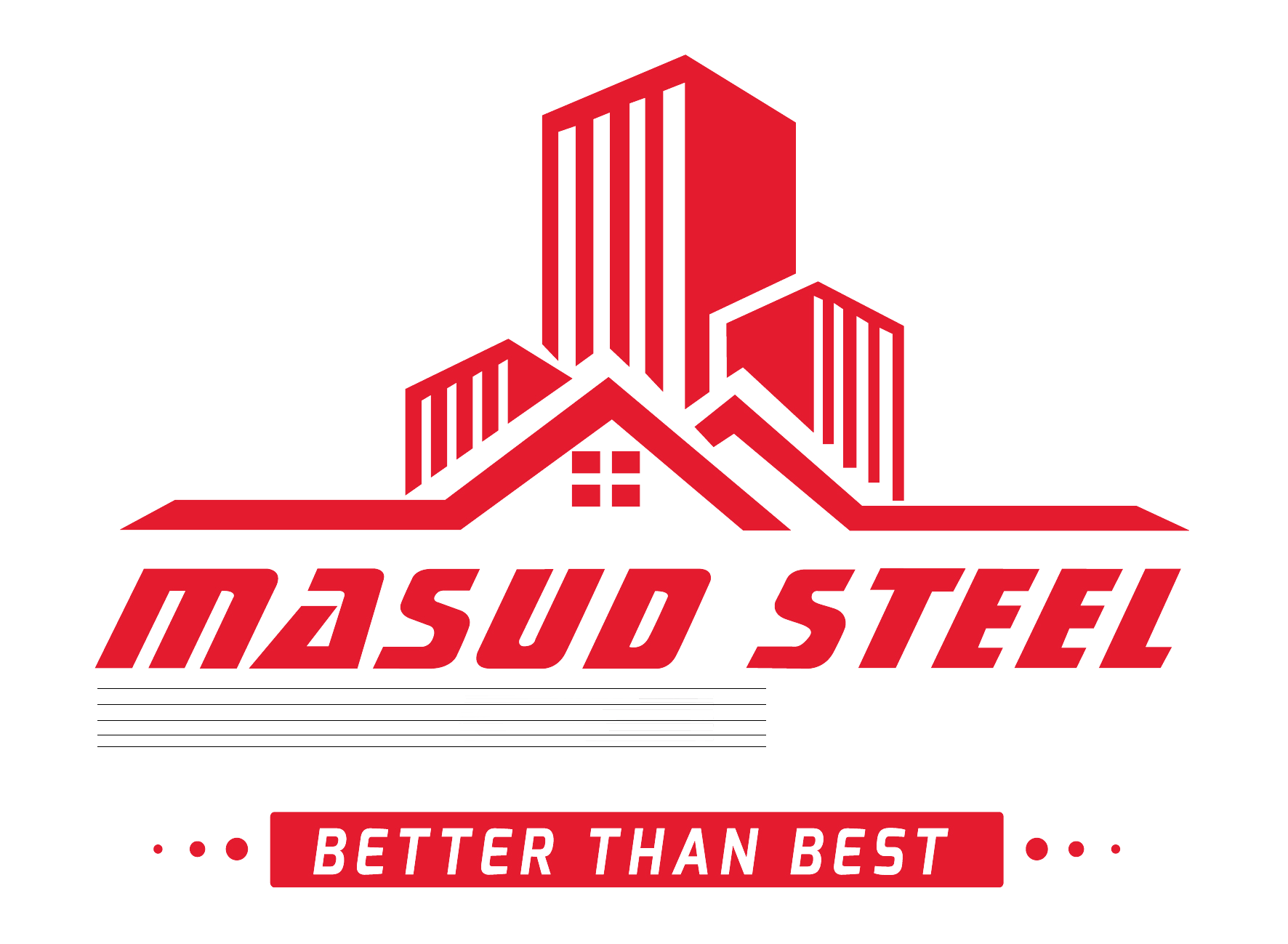Cold-formed steel structures are created using high-quality sheet steel that is shaped either by press-braking blanks cut from sheets or coils, or more commonly, by roll-forming the steel through a series of dies. Unlike hot-rolled steel, this process does not require heat, hence the name "cold-formed steel." These steel members and products are thinner, lighter, and easier to manufacture, typically costing less than their hot-rolled counterparts. When it comes to framing for floors and interior walls, cold-formed steel competes effectively with lumber and engineered wood products. It offers builders and consumers the flexibility for design options that may not be economically feasible with traditional framing materials, such as larger open spaces, longer spans, and wider doorways
 |
 |

